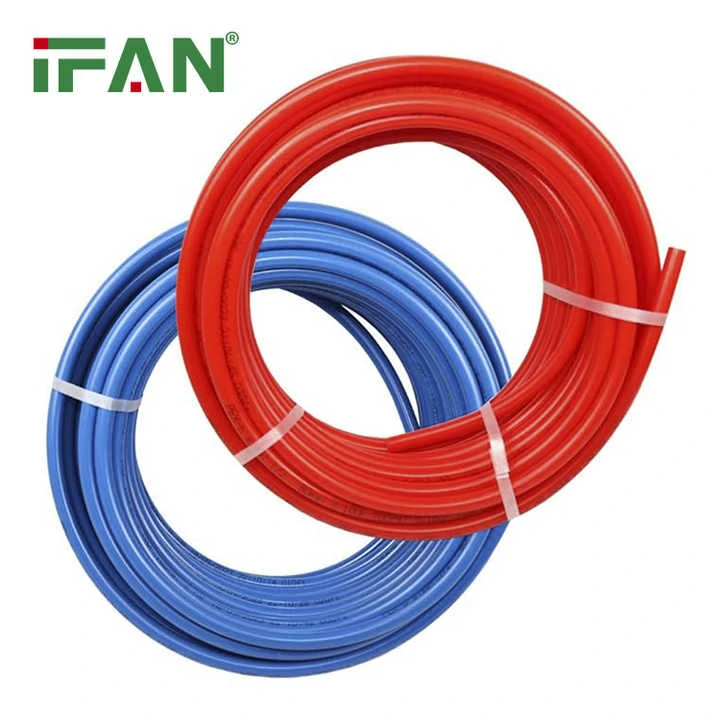Material Durability and Longevity
Copper pipes have been a plumbing staple for decades due to their proven 50+ year lifespan and resistance to UV exposure. PEX (cross-linked polyethylene), however, resists scale buildup and freezing-related bursts. For example, a 2020 University of Texas study found PEX systems in cold climates had 60% fewer leaks than copper over a decade.
Installation Complexity and Cost
Copper requires soldering, increasing labor time and fire risks during installation. PEX uses crimp or push-fit fittings, reducing labor costs by 30–40%. A 1,500-square-foot home’s PEX system averages 1,500–1,500–3,000, while copper costs 4,000–4,000–8,000.
Temperature and Pressure Performance
Copper withstands temperatures up to 400°F (204°C), ideal for outdoor lines in fire-prone areas. PEX handles up to 200°F (93°C), sufficient for residential hot water. In California, PEX is banned for exterior use due to wildfire risks but dominates indoor plumbing.
Health and Environmental Concerns
Copper can leach trace metals into acidic water, posing health risks in older homes with corroded pipes. PEX meets NSF/ANSI 61 safety standards but may release volatile organic compounds (VOCs) initially. A 2022 Seattle project switched to copper after residents reported a plastic odor from new PEX lines.
Maintenance and Repair Considerations
Copper pipes are prone to pinhole leaks in hard water regions, requiring frequent inspections. PEX resists corrosion and scaling, minimizing maintenance. A Florida homeowner saved $1,200 annually on repairs by replacing copper with PEX in a 2019 renovation.
Freeze Resistance and Flexibility
PEX’s flexibility allows it to expand during freezing, reducing burst risks—critical in states like Minnesota. Copper lacks this elasticity, often cracking below 20°F (-6°C). After a 2021 Texas freeze, 85% of damaged copper systems were replaced with PEX.

Environmental Impact
Copper mining generates toxic waste and high carbon emissions. Cross-linked Polyethylene production uses less energy but raises microplastic concerns. California’s 2023 Green Building Code promotes Cross-linked Polyethylene for its lower upfront carbon footprint despite recycling challenges.
Regional Building Code Variations
Copper remains mandatory for gas lines in many areas, while Cross-linked Polyethylene dominates water supply systems. In Chicago, copper is required for all potable water lines due to strict lead regulations, but nearby Wisconsin favors Cross-linked Polyethylene for cost efficiency.
Final Recommendations
Choose copper for outdoor, high-temperature, or gas applications. Opt for Cross-linked Polyethylene in freeze-prone regions or budget-conscious indoor projects. Always verify local codes and prioritize NSF-certified Cross-linked Polyethylene to ensure safety. Hybrid systems (e.g., copper for main lines, PEX for branches) often balance performance and cost.

